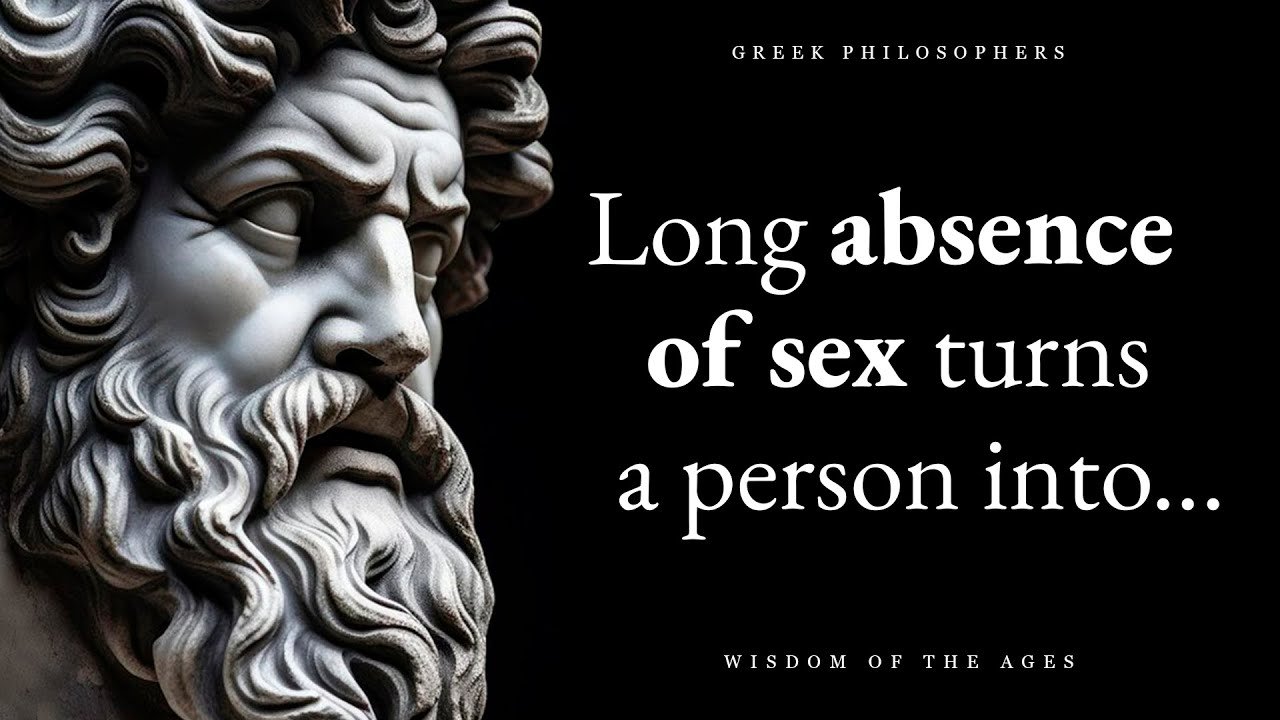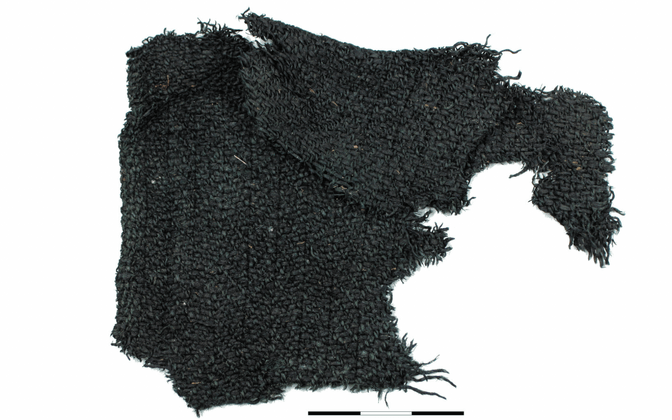In the 1st century AD, the Roman Emperor Caligula, infamous for his hedonism, sadism, and brutality, asserted his dominion over both land and sea. Two of his ships, however, were mysteriously confined to a tiny volcanic lake known as Lake Nemi.
While historians disagree on the actual purpose of the Nemi Ships, they agree that the colossal vessels were masterpieces of engineering, particularly the larger of the two.
Measuring 240 feet long, the larger ship was akin to a 'floating palace.' It boasted marble statues, mosaic fittings, advanced heating and plumbing systems, and luxurious amenities like baths. Its slightly smaller counterpart, just 10 feet shorter, was equally impressive, with marble palaces, gardens, and an intricate plumbing system for its baths.
The ships featured stunning technological advancements – some of which would be lost until rediscovered in the Middle Ages. These included hand-cranked bilge pumps and piston pumps that supplied the ships with hot and cold running water via lead pipes.
Before the discovery of the ships, it was thought that the Romans were incapable of building such large vessels.
Given their enormity and the lake's modest size—just slightly over half a mile in surface area—it's theorized that they served as pleasure barges, catering to ancient Rome's wealthy elite and their appetites for wine, women, and debauchery.
Their opulence is thought to have mirrored the extravagant lifestyles of Hellenistic rulers from Syracuse.
Previously, Lake Nemi was deemed so sacred that Roman law forbade any vessel from sailing on it. An exception must have been carved out for Caligula's ships.
The ships sailed for roughly a year until Caligula's abrupt downfall in 41 AD. He met his end in a tunnel beneath Rome's Capitoline Hill, assassinated in a conspiracy led by the Praetorian Guard officers and select Roman Senate members, all disillusioned by his erratic behavior, tyrannical rule, and extravagant spending.
Caligula’s floating palaces would meet a similar fate. The massive ships were filled with stones and sunk to the bottom of the lake to wipe Caligula and his depraved reputation from the pages of history.
Although raised from the lake bed in 1929 as part of a major recovery effort initiated by Mussolini, both ships were largely destroyed during the Second World War, with only a few bronze fragments surviving.
Some maintain that it was the retreating Germans in 1944 who intentionally and maliciously destroyed the Nemi Ships, whereas it has more recently been suggested that the US Army accidentally shelled the site...





















































